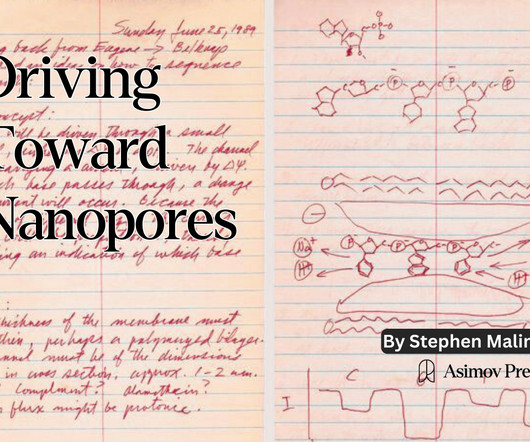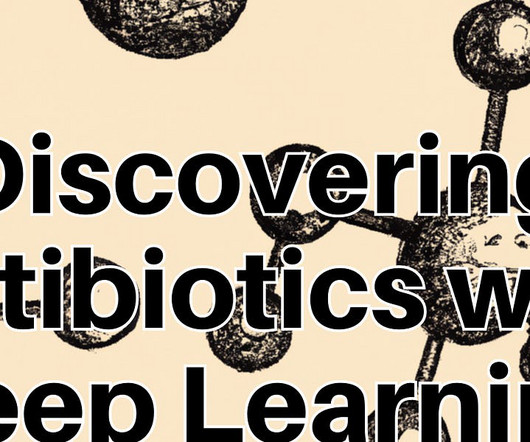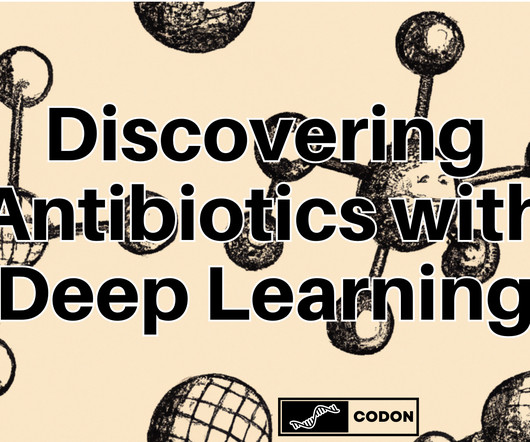A new drug approval for the vanguard of RNA-targeted small molecules
Dark Matter Blog
AUGUST 27, 2020
A few years ago, at Arrakis Therapeutics, we set out to conquer a strange new territory, drugging RNA structures with small molecules. In fact, it was these early pharmaceutical successes that gave us the confidence that we would ultimately succeed in systematically drugging a wide range of RNA structures.















Let's personalize your content